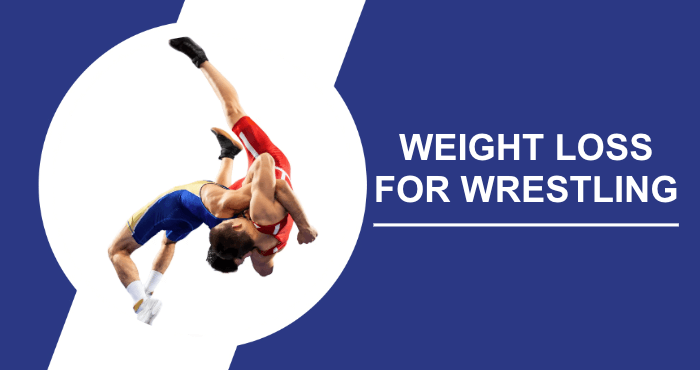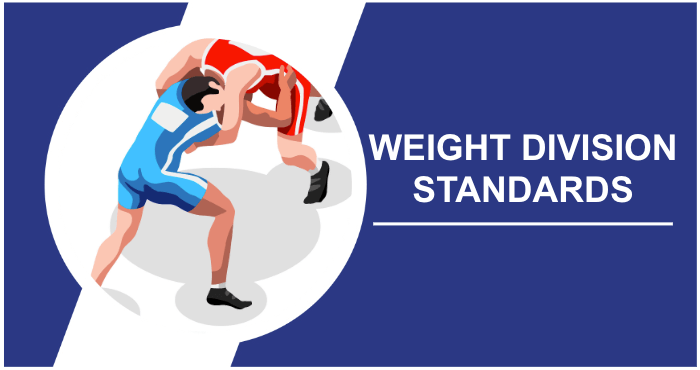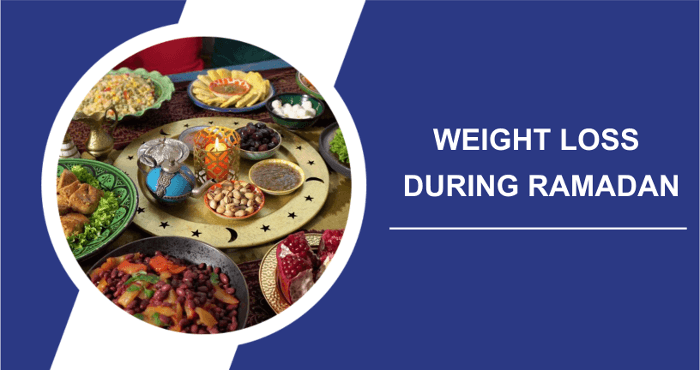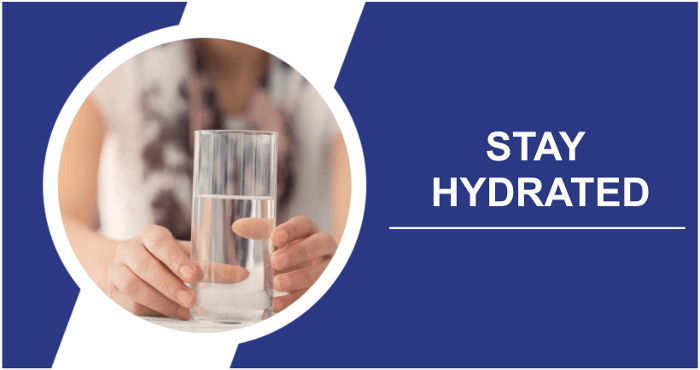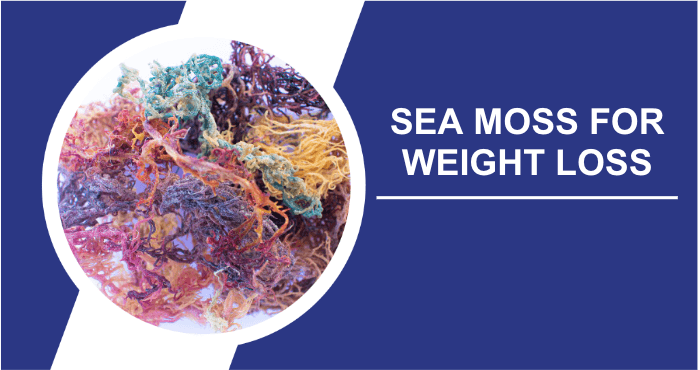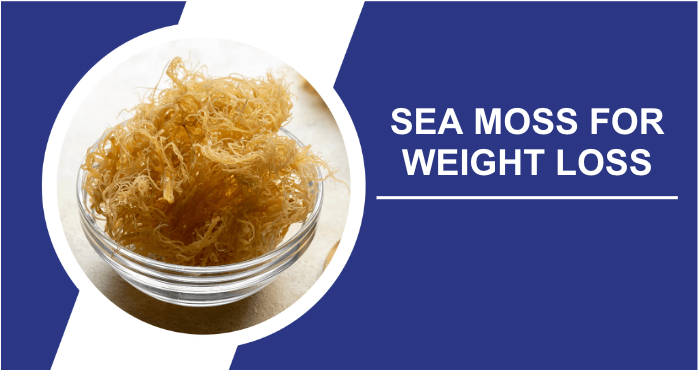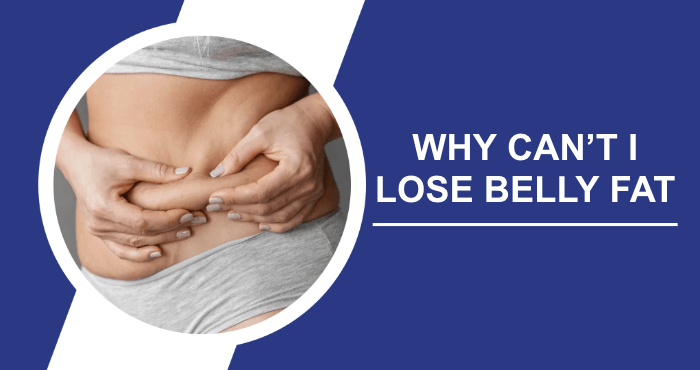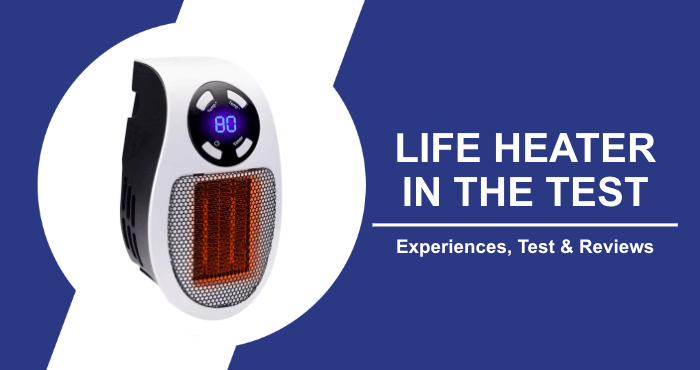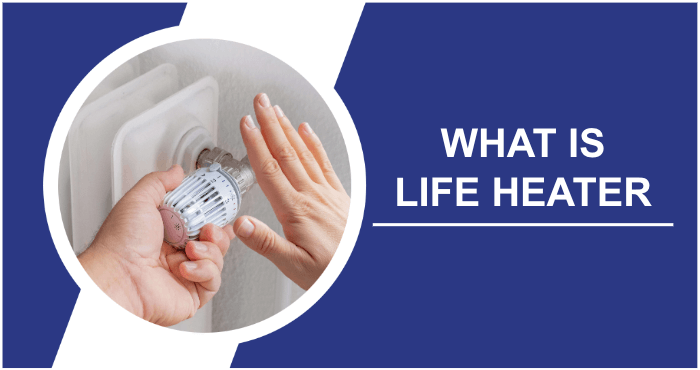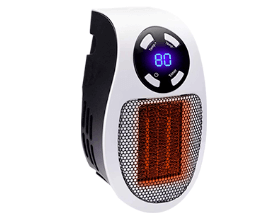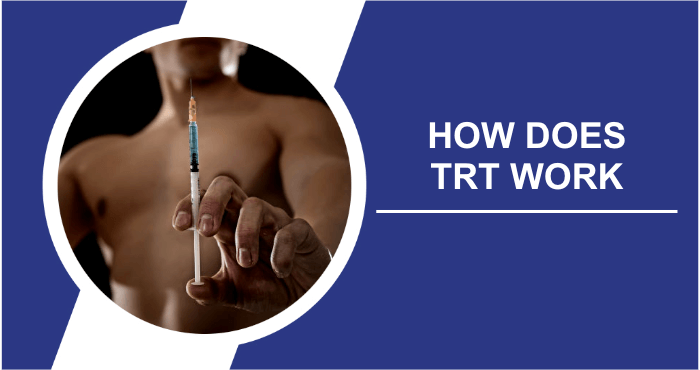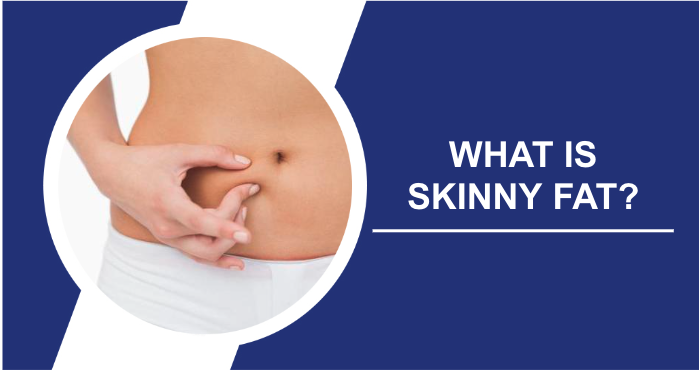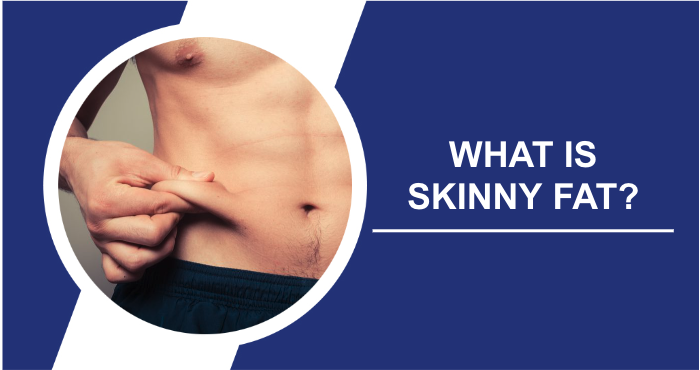In this comprehensive Quick Fix Synthetic Urine review, you will find a wealth of information regarding the Fake Urine. We will examine how well it works for helping people pass drug tests, delve into its complexities and compare its performance with other synthetic urine brands available in the market.
Substance abuse is a significant global problem, leading to workplace issues such as absenteeism and poor performance. To mitigate this, job applicants and employees often undergo drug testing. Quick Fix Synthetic Urine is a product used to circumvent these tests. It mimics real human urine in appearance, composition and properties. This review discusses the effectiveness of Quick Fix Plus Synthetic Urine in passing drug tests and compares it to other brands of synthetic urine.
What Is Quick Fix Synthetic Urine?

Spectrum Labs Quick Fix Synthetic Urine has been a trusted product in the market for over two decades. It is available in two different sizes; Standard Size and Plus Size. These two products are identical, except for the quantity of synthetic urine they contain. The Standard Size offers 2 ounces of synthetic urine, while the Plus Size provides 3 ounces. It’s important to note that the name “Plus” doesn’t necessarily indicate higher quality.
One advantage of the brand is that the company consistently improves the quality of their synthetic urine to meet the evolving requirements of drug tests and prevent fraudulent results. The formula used in Quick Fix Synthetic Urine is a key aspect. The company frequently modifies the formula, with the current version referred to as formula 6.3. The company is continuously evaluating the quality, customer feedback and the most recent demands regarding drug testing.
Quick Fix Coupon & Discounts
Since we receive countless inquiries regarding money-saving offers or coupons on a daily basis, we have picked out the current best offer for the Quick Fix Synthetic Urine exclusively for our readers and listed it below.
According to the many Quick Fix Synthetic Urine reviews of other users, this is the cheapest offer for the weight loss capsules. Also, please always keep in mind that offers like this are only available for a limited time and will only work through the link below. This offer is only valid until [current_date format=’j. F Y’].
Mega-discount-action!
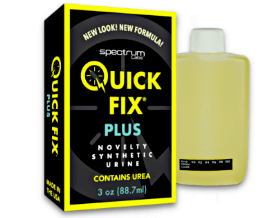
- User-Friendly
- Reliable Kit
- Affordable
- Price: $39.95
- Rating ⭐⭐⭐⭐⭐
You will receive this offer exclusively only about us and is only valid until [current_date format=’j. F Y’]
👉 CLICK HERE and secure the BEST offer! 👈
Are There Any Quick Fix Reviews Or Experiences?
To gain a full understanding, we set out to gather Quick Fix Plus Synthetic Urine reviews from user. Our research showed that the majority of users had positive experiences with the product. They were satisfied with its performance and highlighted its reliability and ease of use. However, it’s important to note that we also came across a handful of cases where Quick Fix didn’t live up to expectations.
These few cases seemed to be mainly due to incorrect application, suggesting that when used as directed, the product usually delivers as promised. We would like to present three of the Quick Fix Synthetic Urin Plus reviews from real users below.
![]()
Reply
from Thomas
4 day(s) ago
I recently used Quick Fix Synthetic Urine for a routine test and was amazed at how easy it was to use. The temperature was just right and it worked perfectly without any problems. Definitely a lifesaver!
Helpful
4
Nicht hilfreich
![]()
Patrick Hall
As someone who was sceptical about synthetic urine, quick fix plus changed my mind. It’s incredibly realistic and the detailed instructions made it easy to use. I passed my test with no problems at all.
6
Like · Answers · 3 day(s)
![]()
Jessy Perez
I turned to Quick Fix under stressful circumstances and it didn’t let me down. The product was discreet and met all the necessary parameters. I’m really grateful for how it helped me in a tight situation.
9
Like · Answers · 7 day(s)
Click here to visit the official sales page of the manufacturer
Quick Fix Synthetic Urin Review – Real Facts And Test Results
In our quest to fully understand and evaluate the effectiveness of Quick Fix Synthetic Urine, we embarked on an empirical journey with a volunteer participant. This self-test was designed to scrutinise the application process, the functionality of the product and its performance under conditions that mimic real-life scenarios. Our aim was to objectively assess manufacture’s claims through a controlled yet realistic self-testing process.
Our participant began the self-test by preparing the Quick Fix Synthetic Urine according to the instructions. Emphasis was placed on heating the synthetic urine to the recommended temperature range to ensure it mimicked natural human urine. The heating process was carefully monitored, with the participant using the heat pack provided to keep the urine at the correct temperature.
During the application phase, the participant simulated a standard urine test scenario in a controlled environment. They meticulously followed the procedure for dispensing the synthetic urine into a test container, mirroring the typical process in a testing situation.
Throughout the test, the synthetic urine maintained physical properties similar to natural urine, including colour and temperature. When subjected to a simulated test process, the equipment responded to Quick Fix Plus Synthetic Urine as it would to natural urine, with no discrepancies in its physical assessment. The final result of the self-test was successful, with the synthetic urine passing the simulated test parameters. This result supports the product’s claims to be an effective substitute for natural urine in test environments.
Tip – Click here and get Quick Fix Synthetic Urin at the best price!
Quick Fix Synthetic Urin Effect And Benefits
To assess the effectiveness of Quick Fix Synthetic Urine in passing a drug test, it is important to evaluate the quality of the product. To ensure that the sample closely resembles authentic human urine and is free from any toxins or adulterants, it must meet specific test criteria. These requirements are outlined below;
The sample should have a pale yellow color and there should be some foaming due to leaked protein traces. It’s important to ensure the pH level is correct, as well as the creatinine level and specific gravity. It’s also crucial to check for the presence of urea and uric acid.
Quick Fix Synthetic Urine meets all the necessary drug test requirements for passing a standard test. However, when faced with more rigorous scrutiny and additional testing, there may be some uncertainty. It’s wise to understand the different stages that the fake urine sample needs to go through during its drug test.
- The lab operator needs to start by measuring the temperature of the candidate’s urine sample. This is important because the temperature of urine naturally decreases over time, which can lead to inaccurate test results. The temperature should fall within the normal range for human urine, which is between 32 and 37 degrees Celsius. If the initial test shows that the urine sample doesn’t meet these requirements, it will be rejected and considered a failed drug test.
- After the synthetic Quick Fix Urine sample successfully clears the initial stage, it undergoes a test known as the validity test. This testing process typically takes a few hours to complete. During this test, the urine sample is examined against a series of panels to check various factors such as pH level, creatinine range, specific gravity of the urine sample and the presence of any potential adulterants like codes or nitrates.
- If the urine sample given for the drug test meets the criteria mentioned earlier, it undergoes an immunoassay test. In this test, the sample is examined against five panels that identify the existence of five chemical compounds which are metabolites of drugs.
- While it’s not very common, in certain highly sensitive areas, authorities might request the most rigorous drug test known as Gas Chromatography Mass Spectrum Analysis. This particular test can be quite costly and is typically reserved for cases with significant suspicion. It’s worth noting that most counterfeit urine samples are unable to successfully withstand this type of testing. The same holds true for Quick Fix Synthetic urine as well.
Based on the information provided, it appears that the product has the ability to successfully pass all drug test stages except for the uncommon one mentioned in the final stage, which is indeed a rarity.
How Does It Compares In Relation To Other Leading Brands?
Quick Fix Synthetic Urine is positioned differently compared to other leading brands in the market. The manufacturing process adheres to the standard formula used for creating synthetic urine. It has been designed to successfully pass regular drug tests. However, it may face challenges when confronted with more rigorous and stringent drug tests.
When we compare this product to the top products in the market, we can see that Quick Fix Plus Synthetic Urine has only three ingredients, while real human urine contains fourteen essential chemicals. This is why it might not be reliable for complex drug testing procedures.
One more disadvantage of Quick Fix Synthetic Urine is its appearance and color. Genuine human urine typically has foams caused by leaked protein, but this synthetic urine lacks that characteristic. Additionally, the color of the urine is noticeably different from that of real urine, which usually appears pale yellow. Quick Fix Synthetic Urine will not be able to pass the drug test called Gas Chromatography Mass Spectrometry Analysis. Luckily such drug tests are seldom applied by most employers due to its prohibitive expense.
If you discover that your drug test will be more rigorous than the standard five panel tests, it would be advisable to opt for a higher quality and more dependable synthetic urine substitute. When it comes to choosing a synthetic urine product, it’s important to consider more than just the price. Your chances of passing a drug test rely on it, so other factors should also be taken into account.
Click here to visit the official sales page of the manufacturer
Quick Fix Synthetic Urine Package
Inside the package of Quick Fix Synthetic Urine, you will discover a vial containing pre prepared synthetic urine. The vial is equipped with a temperature strap on one side. Additionally, there are heat pads and an elastic band included in the package. You will also find an instruction sheet to guide you through the process. We have observed that the liquid urine’s quality is excellent and that the heat pad effectively maintains the urine sample’s temperature within the desired range.
Instructions – How To Use Quick Fix
To get ready for the test using Quick Fix Synthetic Urine, the first requirement is to have around one and a half hours before you hand in your sample. After that, you should follow these steps;
- You should already have the artificial urine prepared. Your task is simply to activate the heat pad.
- To warm up the liquid, you can use a microwave to gradually heat the synthetic urine. This method ensures that the urine reaches the desired temperature in about 10 seconds. Alternatively, you can use a heat pad, but it will take approximately 45 minutes for the temperature to rise. Keep checking the temperature until it falls within the range of 32 to 37 degrees Celsius. Be careful not to exceed this range as it may cause inaccurate readings on the temperature strip.
- It’s crucial for the Quick Fix Synthetic Urine to stay at the right temperature. To maintain its warmth, you can use a heat pad that can regulate the temperature for up to 8 hours. Another method is to keep the urine bottle close to your skin, which helps retain its heat and allows you to warm it up if it cools down.
- The final step involves hiding the prepared bag discreetly to avoid arousing suspicion. You can place it beneath your underwear and make sure to remain calm and composed, without showing any signs of stress. It’s advisable to wear loose fitting bottoms to conceal any bulging. Before submitting, gently shake the bottle to create foam and then pour it into the laboratory cup.
- If, by any chance, the submission of the synthetic urine sample is delayed, there is a high possibility that its temperature will drop below the acceptable range. In such situations, it is recommended to have a flask filled with warm water ready. You can add some of the warm water and check the temperature range before transferring the sample into the laboratory container.
How To Pass A Drug Test
- Make sure to check that the temperature of your artificial urine sample falls within the acceptable range before handing it in. The laboratory examines the sample’s temperature within two minutes of submission and any deviation from the specified range will result in immediate rejection. The ideal temperature for the sample should be between 32 and 37 degrees Celsius. Some synthetic urine brands offer heat pads or activating powder to help with heating. It is crucial to verify and adjust the temperature before submitting, ensuring it is neither too high nor too low.
- Before undergoing a drug test, it’s important to familiarize yourself with the process of preparing synthetic urine at home. It’s crucial to do this discreetly in order to avoid raising any suspicions. Being well informed beforehand will help ensure that there are no mistakes during the actual test.
- Make sure you familiarize yourself with the testing process beforehand. While unsupervised drug tests are usually permitted, there may be instances where the tests are conducted under supervision. It’s important to be careful and avoid arousing any suspicion.
- Make sure to purchase high quality synthetic urine such as Quick Fix Synthetic Urine. Opting for cheaper options often leads to rejection. Since the stakes are significant, don’t worry about the cost and instead concentrate on successfully passing the drug test.
- Please keep in mind the legal and ethical implications involved. Some organizations take test deception very seriously and you may face legal repercussions in such cases. It is recommended to refrain from using counterfeit urine samples when undergoing testing at these laboratories.
- The most effective approach is to steer clear of drug abuse and opt for rehabilitation instead. Being honest will ultimately lead to positive outcomes in the long term.
What Is Synthetic Urine?
Synthetic urine goes by different names, including fake urine, fake pee and synthetic urine. The key requirement for synthetic urine is that it closely resembles real and uncontaminated human urine. When it comes to the market, there are two types of synthetic fake urine available. One type is powdered real human urine that needs to be mixed with pure water to transform it into a liquid form.
Another type of urine is liquid urine that is produced artificially in a laboratory. Synthetic urine was primarily developed for specific purposes, such as scientific research, diaper testing, calibration of urine testing equipment and other scientific investigations.
Later on, as larger corporations began implementing urine tests for their employees to mitigate the potential negative impacts of cannabis misuse, such as absenteeism, inconsistency and damage to reputation, many individuals who use cannabis turned to counterfeit urine in order to successfully pass these drug screenings.
Synthetic urine is created to mimic genuine human urine in every aspect, including its appearance, color, smell, ingredients, specific gravity, pH value and more. However, it’s worth noting that lower quality synthetic urine products such as Quick Fix Synthetic Urine may not convincingly resemble real urine and typically only contain urea, uric acid and creatinine.
Good synthetic urine is made up of 14 essential components and closely resembles real urine in terms of its appearance, color and odor. This synthetic urine is specifically designed to successfully pass the majority of drug tests. Different brands of synthetic urine offer various heating options. Some come with a heating pad and a temperature monitoring strap, while others include heat activating powder. Certain brands even provide both options for convenience.
Different Types Of Synthetic Urine
- Synthetic urine, known as Basic Synthetic Urine, is created using a simple formula. It consists of key components such as creatinine, urea and uric acid, all carefully balanced to achieve the appropriate pH level. This type of synthetic urine serves various purposes, including calibrating laboratory equipment, testing diapers and similar products and providing alternative options in certain situations.
- Advanced synthetic urine is created using a sophisticated formula, ensuring that it closely mimics the composition, specific gravity and temperature of real human urine. It is primarily utilized in advanced medical research.
- Medical grade synthetic urine is an advanced formula that closely mimics the composition of real human urine. It is commonly used for conducting diagnostic tests that require urine samples.
- There is also a type of synthetic urine known as unisex synthetic urine. This artificial urine is designed to be suitable for both males and females, as it combines the typical components found in real urine from both genders.
- Synthetic urine detox products such as Quick Fix are specifically designed to help individuals pass drug tests. These types of artificial urine contain additional ingredients like minerals and vitamins to closely mimic real human urine. However, customers understandably have concerns about the effectiveness of using synthetic urine for clearing drug tests.
- Synthetic urine in prosthetic devices serves educational purposes, particularly in teaching catheterization techniques and urine collection methods, among other applications.
Where Can You Buy Quick Fix Synthetic Urine?
Quick Fix Synthetic Urine is available both in local shops as well online. But in most of the local shops you may have to pay a higher price to the extent of 20 to 30%. So unless you have some emergency it is advisable to buy the synthetic urine online from reputable brands.
An additional factor that buyers should consider is that some companies become suspicious if they find 2 ounces of fake urine, as many brands offer vials containing 2 ounces of synthetic urine. Therefore, it would be wise to purchase the larger size, which contains 3 ounces, to handle situations where the lab operator requests more than 2 ounces of urine for the drug test.
It’s best to purchase Quick Fix Synthetic Urine exclusively from their official website. That way, you can ensure that you’re getting genuine products directly from their latest stock. It’s advisable to avoid purchasing from platforms like Amazon since there’s a chance that their inventory might be outdated. The price for a regular sized is $30, while the larger size, which contains 3 ounces of synthetic urine, costs $40.
Click here to visit the official sales page of the manufacturer
Are There Any Risks When Using It?
Using synthetic urine, such as Quick Fix, to pass drug tests carries significant risks. Firstly, it’s often detectable by modern testing methods. Laboratories are constantly updating their procedures to identify non-human urine, rendering such products ineffective. Secondly, the use of synthetic urine for such purposes is generally considered fraudulent and unethical.
If discovered, it can have serious legal and professional consequences, including loss of employment or criminal charges. Finally, it undermines the purpose of drug testing, which is to ensure safety and compliance in a variety of settings. Depending on local laws, its use may also be illegal.
Is There A Subsequent Examination In The Laboratory?
The most frequently used drug test is the unsupervised drug test. During this type of test, there is no one observing while you urinate. You might be separated by a screen or in a separate room altogether. This kind of drug test allows you to safely and accurately examine various aspects of synthetic urine, such as temperature and froth, before submitting it. Around 95% of drug tests follow this procedure.
There are two types of supervised drug tests. In the first type, someone will monitor you closely. Although they won’t directly observe you while urinating, they will look out for any abnormalities like a bulging stomach. In such situations, it’s important to be cautious as the presence of the observer acts as a deterrent.
The third category is the supervised drug screening. It is considered the most rigorous form of drug testing. This particular type of test is quite uncommon and is typically implemented for law enforcement purposes or in cases where previous drug tests have been unsuccessful. During this type of test, an observer will be present while you provide a urine sample. Candidates are usually notified in advance about such drug tests.
How Can You Tell That The Quickly Prepared Synthetic Urine Is Fake?
In the following circumstances the Quick Fix Synthetic Urine may arouse suspicion in the mind of the lab operator:
- The laboratory might question the authenticity of a sample if its color and appearance do not match that of real urine. For instance, if the color lacks a hint of yellow or if the lab technician detects no froth after shaking or smells something unusual, it raises suspicions that the urine sample may not be genuine. Normally, such tests are only conducted when there is reason to doubt.
- After receiving the urine sample, the laboratory promptly checks its temperature within two minutes. If the temperature falls outside of the acceptable range, the sample is considered suspicious and subsequently rejected.
- In the next phase of the drug test, there is a step called a validity check where certain components are examined. If it doesn’t pass this check, the urine sample will be deemed invalid and won’t be accepted.
How Long Have Synthetic Urine Tests Been Available?
Synthetic urine tests have been available for several decades and were introduced as a product in the early 1990s. These tests were developed primarily for the calibration of urine testing devices to ensure accuracy in drug testing and medical examinations. Over time, their use has expanded into several other areas, including scientific research and education.
Frequently Asked Questions
Can we trust Quick Fix Synthetic Urine to be reliable?
Quick Fix Synthetic Urine is created using a simple recipe. It successfully passes various types of drug tests and is also more affordable. However, the issue lies in the fact that as time goes on, drug tests are also advancing and becoming more adept at identifying synthetic urine. The quick fix solution, which is made using a simple formula consisting solely of urea, uric acid and creatinine, lacks the additional components present in authentic urine.
Consequently, if the laboratory were to analyze for these other substances typically found in real urine samples, it would yield a negative result. Furthermore, the synthetic urine does not bear any resemblance to real urine in terms of its appearance, odor and foaming characteristics. Additionally, the heat pad provided by the company is of substandard quality. There are instances where it tends to overheat and maintaining the temperature of the synthetic urine within the acceptable range becomes quite challenging.
What temperature range should urine be within to successfully pass drug tests?
The temperature of the artificial urine prior to submission must fall within the range of 32 to 37 degrees Celsius. This requirement holds significant importance for successfully passing the initial drug screening.
When will I receive the report once I have provided a urine sample?
If the test is done manually, it will typically take around 24 hours to receive the report if it turns out to be negative. However, certain laboratories utilize automated testing machines that can provide a negative report within just 15 minutes. Once the urine sample passes the initial tests, it may undergo further verification and occasionally even gas chromatography mass spectrometry analysis. In such instances, it may take approximately two to three days for the report to be finalized and delivered.
Does quick fix work?
The effectiveness of a quick fix depends on its specific use and context. In general, quick fixes provide temporary solutions and may not solve underlying problems in the long term.
How does the composition of Quick Fix Synthetic Urine compare to real human urine?
Quick Fix Synthetic Urine contains primarily urea, uric acid and creatinine, which are key components found in human urine. However, real human urine is a much more complex mixture of substances, including various electrolytes, hormones and metabolites. The synthetic version lacks these additional components, making it potentially detectable by more advanced drug testing methods. Real urine also has unique physical properties, such as specific gravity and pH, which may not be accurately replicated in the synthetic version.
Are there any legal or ethical concerns associated with using Quick Fix Synthetic Urine for drug testing?
Using synthetic urine such as Quick Fix to pass a drug test can raise both legal and ethical concerns. Legally, in many jurisdictions the act of falsifying drug test results is considered fraudulent and potentially a criminal offence. Ethically, it represents a dishonest representation of one’s bodily substances, which can be particularly problematic in employment, legal or medical settings. Users should be aware of the legal implications and moral considerations before deciding to use such products for drug testing purposes.
Quick Fix Conclusion
In conclusion, it is undeniable that Quick Fix Plus Synthetic Urine Review stands out as the top choice when it comes to synthetic urine or fake pee products. Its consistent track record of reliability and effectiveness has earned it a stellar reputation as the industry standard. The product not only replicates the chemical composition and temperature of real urine but also prides itself on a meticulous quality control process that ensures accuracy and dependability.
Whether you need to pass a drug test or conduct scientific experiments, QuickFix’s exceptional performance and unmatched user satisfaction make it the preferred solution. When your credibility and peace of mind are at stake, there’s no doubt that Quick Fix Synthetic Urine is the ultimate choice.
Sources
- SpringerLink. “Natural Urine Versus Synthetic Urine for Studying Inhibitors”, Read Article.
- ScienceDirect. “Validity and reliability of in-person and remote oral fluids drug testing compared to urine drug testing” Read Article.
- PubMed. “False-positive interferences of common urine drug screen immunoassays: a review” Read Article.
- SpringerLink. “Types of Urine Drug Testing” Read Article.

